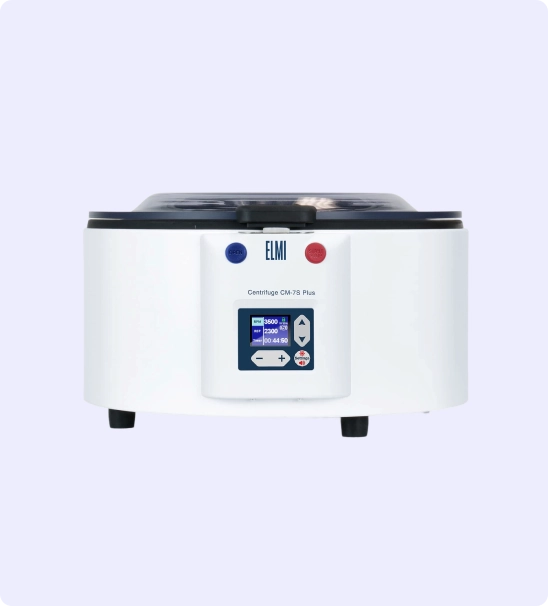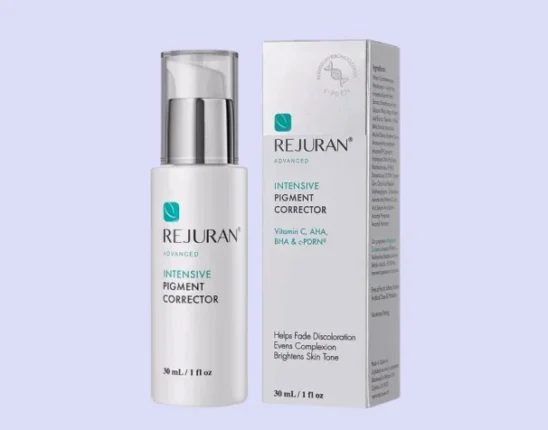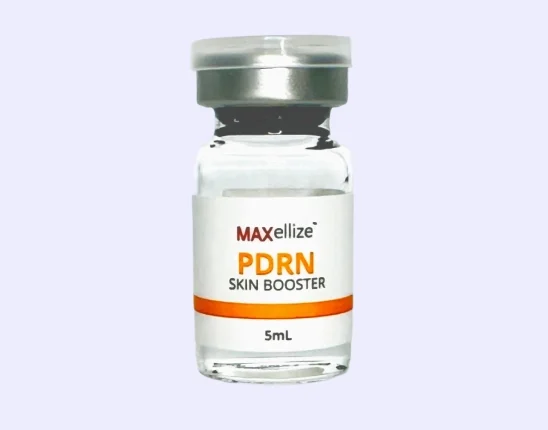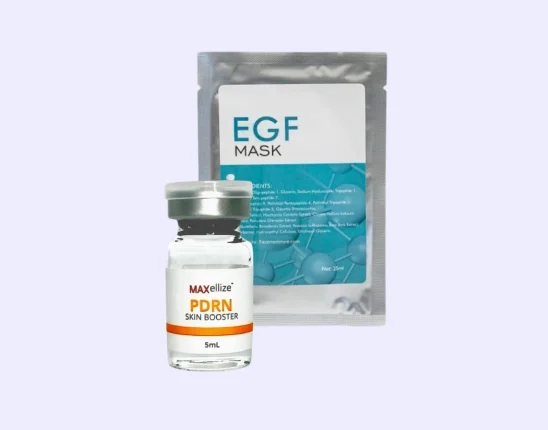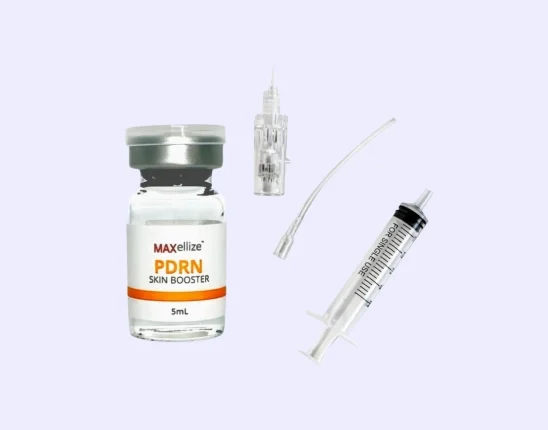Hair loss can be treated through a number of solutions ranging from less drastic and non-invasive to invasive surgical procedures. On one hand, you have treatments like platelet-rich plasma or PRP therapy that boost your natural hair growth factors; on the other, you have surgical options like hair transplants that implant healthier cells to correct hair growth function.
But between PRP treatments and hair transplants, which hair loss solution is better? Which one is best for you can depend on factors like your age, the severity of hair loss, and other health and lifestyle factors that can affect the efficacy of platelet-rich plasma therapy. The best way to know which is the more practical solution for you is to see a dermatologist or aesthetic practitioner.
PRP vs. Hair Transplantation
PRP and hair transplants are both potential solutions for treating dormant or damaged hair follicles. However, PRP is the less invasive and short-term solution, while hair transplants are the surgical option that promises long-term results.
Using the unique effects of platelets, PRP treatments work through their regenerative abilities. By stimulating cell repair and cell growth, these platelets can revive dormant hair follicles to enter the growth phase of the hair cycle. This involves processing your blood sample to isolate your platelet-rich plasma from the rest of your blood components, then the platelet concentrate is administered after microneedling the scalp or directly through injections.
Hair transplants, on the other hand, involve taking a strip of healthy donor hair follicles from the back of your head and surgically replacing these follicles in the areas where hair loss is prevalent. From there, healthier hair follicles can start to reproduce newer, healthier hair compared to the initial dormant hair follicles.
Pros and Cons
Here’s what you should compare when choosing between PRP treatments and hair transplants.
| PRP Treatments | Hair Transplantation | |
| Overview | A minimally-invasive procedure where platelet-rich plasma extracted from your own blood sample is administered into your scalp to stimulate dormant follicles and produce natural hair growth factors. | A surgical procedure where healthy donor follicular units are taken from the back of your head and implanted onto the areas of your scalp with significant hair loss. |
| Average Price | $400 for one injection of PRP, or around $750 for microneedling with PRP | Can range from $4,000 to $15,000, depending on the size of the treatment area. |
| Pros | Minimally invasive procedure with little to no downtime. This is ideal for patients who want to experience minimal side effects and avoid extensive recovery and downtime periods. Low risk of adverse reactions. PRP is autologous, which means it’s made from a substance from your own body. This lowers the risk of an allergic reaction after treatment. Get naturally stronger and thicker hair. Studies done on PRP for hair loss treatments suggest that PRP treatments can improve the thickness and strength of hair. Can assist with hair growth medication. It can be possible to combine oral and topical hair growth medications like minoxidil and finasteride with PRP to enhance the effects of hair growth. | Permanent results guaranteed. After your hair transplants have successfully started growing hair, you don’t need to keep up with maintenance treatments. Natural appearance. When done by an experienced cosmetic surgeon, your hair transplant can provide naturally thicker and healthier hair. Effective treatment for severe cases of hair loss. This is the more practical solution for older patients with larger balding patches caused by male and female pattern baldness. No special care required. After the recovery period, you can treat your new hair similar to your regular hair. No special treatments or hair care products are needed to maintain your hair. |
| Cons | Dependent on your platelet quality. Studies found that those with clotting and wound healing disorders, blood conditions, and platelet-poor plasma are less likely to notice a difference after getting PRP treatments because of PPP. May not be suitable for older patients. Because the success of PRP treatments is dependent on platelet quality, older patients may not see hair growth from PRP therapy. The average number of platelets drops significantly for people past their 50s. Not a long-term solution. There are still no studies that support PRP treatments as a long-term hair loss solution. After you stop taking PRP treatments, your hair quality may revert back to its original state. Not for severe cases of hair loss. Ideally, patients receiving PRP have early signs of hair loss. Complete baldness and large balding areas may need more intense hair growth solutions. | Expensive treatment. Depending on the severity of your hair loss, you can expect to pay up to $15,000 for quality hair transplants. These are rarely covered by health insurance. More risks associated with surgical procedures. More invasive aesthetic treatments have a higher risk of side effects like infection. Not everyone with hair loss may be qualified to undergo cosmetic surgical procedures. Longer downtime and recovery time. It can take up to three weeks to return to your regular day-to-day activities. During this recovery time, you’ll need to take steps to ensure your transplanted hairs adapt. Different texture and shape. Your newly transplanted hair follicles will produce the same texture and shape as the hairs in the follicle’s original location. |
Getting PRP: The Process
PRP can be administered to your scalp in two ways: microneedling treatments with PRP and PRP injections. For either treatment, you’ll first have to provide a blood sample to be processed into PRP. Your blood is placed in a centrifuge to separate the plasma with the rest of your blood’s components like the red and white blood cells.
For microneedling with PRP, your provider will use a microneedling device to create micro wounds around the scalp. While these channels are barely visible, they’re enough to trigger your body’s tissue repair response, which can nourish or renew old cells around the scalp. Following the microneedling procedure, PRP is then administered into the treatment area and then absorbed deep into the scalp through the channels.
But if you want a more direct procedure, you can opt to have PRP injections. PRP is placed into a syringe and then injected into several strategic locations around your scalp. This is an intradermal injection targeted at the dermis layer where your hair follicles are found.
Following either treatment, you may experience minor side effects such as bruising, redness, and swelling. These are common side effects associated with inflammation and injections and should subside within up to 2 weeks.
It may take several PRP injections before you notice a difference in hair growth. Also, keep in mind that the effects of PRP aren’t permanent, so you’ll have to keep getting PRP treatments to maintain or improve your hair’s appearance
Process for Getting Hair Transplants
Since hair transplants are a surgical procedure, your cosmetic surgeon will use local anesthesia on you before they begin. First, hair follicles at the back of your head are removed and kept as donor hair follicles.
The hair grafts from the back of your head are less susceptible to dihydrotestosterone (DHT), a sex hormone associated with hair loss, so these are healthy enough to transplant. Next, the hair grafts are transplanted onto the balding areas around your scalp.
Following your treatment, you’ll have visible incision marks around the implanted hair follicles. You may also experience side effects like pain, bleeding, bruising, redness, and inflammation. It can take between one to three weeks to fully recuperate from your transplant.
During this time, you may need to take antibiotics and practice precautions to avoid negatively affecting your transplant. You may notice some hair fall within this time, but this is normal. This is simply your hair follicles making way for new hair growth.
It can take between 8 to 12 months to see new hair growth. By this time, your transplant should have fully healed. No special care or maintenance treatments are necessary.
GET MEDICAL-GRADE BLOOD COLLECTION NEEDLES AT 20% OFF WITH CODE “20OFF” ON YOUR FIRST ORDER.
Stock up on blood collection needles and other medical and aesthetic supplies with FACE Med Store. Checkout today and get 20% off your order.
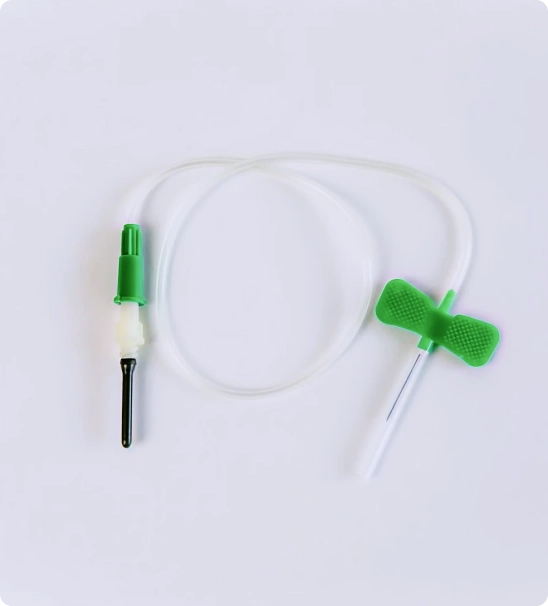
Who Should Get PRP Treatments?
PRP treatments are best for people who:
- Are younger than 50 years old – platelet counts decrease by 8% by the time adults reach their 50s to 70s.
- Have early signs of hair loss due to male and female pattern baldness – many studies suggest that PRP treatments can be beneficial for those experiencing androgenetic alopecia.
- Want to avoid surgical options – PRP uses your platelets’ natural function for tissue regeneration and hair growth improvement.
- Don’t have any wound healing disorders, platelet-poor plasma, or blood conditions – these factors can affect your blood supply and platelet concentrations, which can determine how effective PRP treatment can be.
For autologous platelet-rich plasma, the risk of allergic reactions or other adverse reactions is very low – especially if you’re getting treatments done by an experienced professional. However, it’s not the right hair growth solution for everyone as factors like age, concentration of platelets, and the severity of your hair loss can determine how effective the treatment is.
Who Should Get Hair Transplants?
Hair transplants, on the other hand, are best for those who:
- Have severe hair loss – replacing damaged hair follicles with healthier ones may be the most practical solution to improve your hair’s appearance. Hair transplants are best for those where the majority of their hair loss has already occurred.
- Want low-maintenance, long-term solutions – after your hair transplant has taken effect and fully-healed, you don’t need maintenance treatments or extra precautions to maintain your hair growth.
- Are in generally good health – since this is a surgical procedure, your cosmetic surgeon may request some laboratory tests to see if you’re fit to undergo surgical procedures like hair transplants.
To know if you’re qualified for surgical hair transplants, consult with a cosmetic surgeon. They can also provide you with more information on alternatives like stem cell hair transplants and other advanced hair growth solutions.
Alternative Treatments to Improve the Appearance of Hair Loss
PRP treatments and hair transplants are not the only hair growth solutions. If you find that either option may not suit your condition, there are alternative treatment options you can discuss with an aesthetic provider.
- Hair loss medications – oral and topical hair loss medications like minoxidil and finasteride can slow down the production of DHT, which are androgen sex hormones associated with hair loss. These can promote hair regrowth in as little as 6 months. However, while it can pause hair loss, it’s not a permanent hair loss solution. If you stop taking these medications, your hair will revert into its thinning and slow-growing state.
- Synthetic or real hair pieces – wigs, hair systems, hair extensions, toupees, and other types of hairpieces can cover up bald spots on your scalp and give you the appearance of a full head of hair. Using these requires some form of maintenance to keep your hairpiece looking clean. It won’t treat hair loss, but it can maintain your appearance. Prices for these pieces can range depending on the length and quality.
- Laser hair therapy – this can be done in an aesthetic practice or by using DIY equipment you can use at home. Low-level laser light is applied to the scalp, which can improve blood flow and cell repair. This can eventually lead to stimulating hair follicles that can produce better hair quality.
Visit FACE Med Store to Find Your Hair Care Solutions
Hair loss can affect how you look and feel about yourself, which is why platelet-rich plasma therapy and hair transplants are good options for hair restoration treatments. However, both have their strengths and weaknesses, so it’s best to think about which one is the more practical solution for your current hair condition. To learn more about which one is better for your condition, consult with a dermatologist or a professional aesthetician.
And for all your hair care needs, there’s FACE Med Store. Our online store offers exclusive deals and the best value for all your purchases. Find everything from haircare products for everyday use to health and beauty supplies that lower your aesthetic practice’s costs without sacrificing quality. Browse our shop today to see our available promotions, deals, and bundles.
